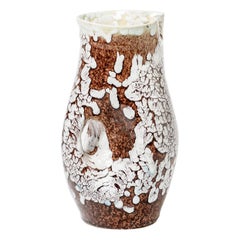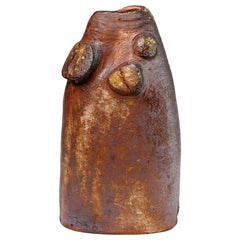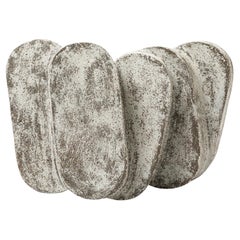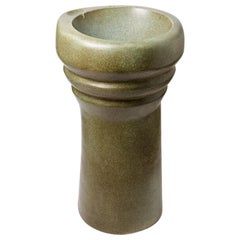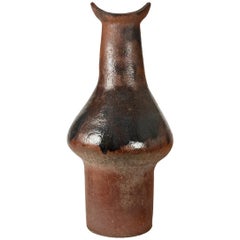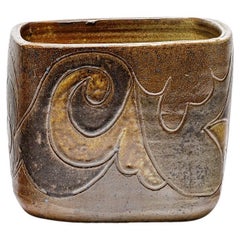Beaux Arts Folk Art
Beaux Arts furniture included chairs replicating models from the Renaissance and sofas inspired by Louis XIV. These pieces filled high-ceilinged rooms that featured tapestries fit for a medieval castle and were illuminated by crystal chandeliers reminiscent of those in European palaces. Leon Marcotte Company created furnishings for the White House mimicking the style of Louis XVI, while in France, cabinetmaker Louis Majorelle reproduced 18th-century pieces that would influence his later Art Nouveau style.
Students at the École des Beaux-Arts in 19th-century Paris meticulously sketched Roman and Greek art and architecture as part of a curriculum that elevated the classical world. This reverence for history informed the architecture and design being constructed in the French capital and beyond, where columns and pediments were joined with elements referencing the Renaissance and Baroque eras, culminating in grand civic buildings such as the Palais Garnier opera house constructed under Napoleon III.
Beaux Arts style, also known as Classical Eclecticism for its flamboyant mixing of influences, made its way to the United States in the late 19th century through American architects who studied in Paris, like Richard Morris Hunt and Charles Follen McKim. They designed monumental turn-of-the-century buildings like train stations, libraries, museums and mansions that featured soaring entry halls and grand stairways with nearly every surface embellished, from mosaic floors to stained-glass ceilings. The luxurious interiors of these Beaux Arts buildings, which weren’t crowded with objects as in the Victorian era, matched this spirit of opulence and embraced the past.
Find a collection of Beaux Arts decorative objects, lighting, wall decorations and other furniture on 1stDibs.
20th Century French Beaux Arts Folk Art
Ceramic
20th Century French Beaux Arts Folk Art
Ceramic
21st Century and Contemporary French Beaux Arts Folk Art
Ceramic
20th Century French Beaux Arts Folk Art
Ceramic
20th Century French Beaux Arts Folk Art
Ceramic
1970s French Vintage Beaux Arts Folk Art
Ceramic
1970s French Vintage Beaux Arts Folk Art
Ceramic
1970s French Vintage Beaux Arts Folk Art
Ceramic
20th Century French Beaux Arts Folk Art
Ceramic
20th Century French Beaux Arts Folk Art
Ceramic
20th Century French Beaux Arts Folk Art
Ceramic
1970s French Vintage Beaux Arts Folk Art
Ceramic
1970s French Vintage Beaux Arts Folk Art
Ceramic
1970s French Vintage Beaux Arts Folk Art
Ceramic
1970s French Vintage Beaux Arts Folk Art
Ceramic
1970s French Vintage Beaux Arts Folk Art
Ceramic
1970s French Vintage Beaux Arts Folk Art
Ceramic
1970s French Vintage Beaux Arts Folk Art
Ceramic
19th Century Antique Beaux Arts Folk Art
Paper
21st Century and Contemporary French Beaux Arts Folk Art
Ceramic
21st Century and Contemporary French Beaux Arts Folk Art
Ceramic
21st Century and Contemporary French Beaux Arts Folk Art
Ceramic
21st Century and Contemporary French Beaux Arts Folk Art
Ceramic
21st Century and Contemporary French Beaux Arts Folk Art
Ceramic
Mid-20th Century Beaux Arts Folk Art
Plaster
